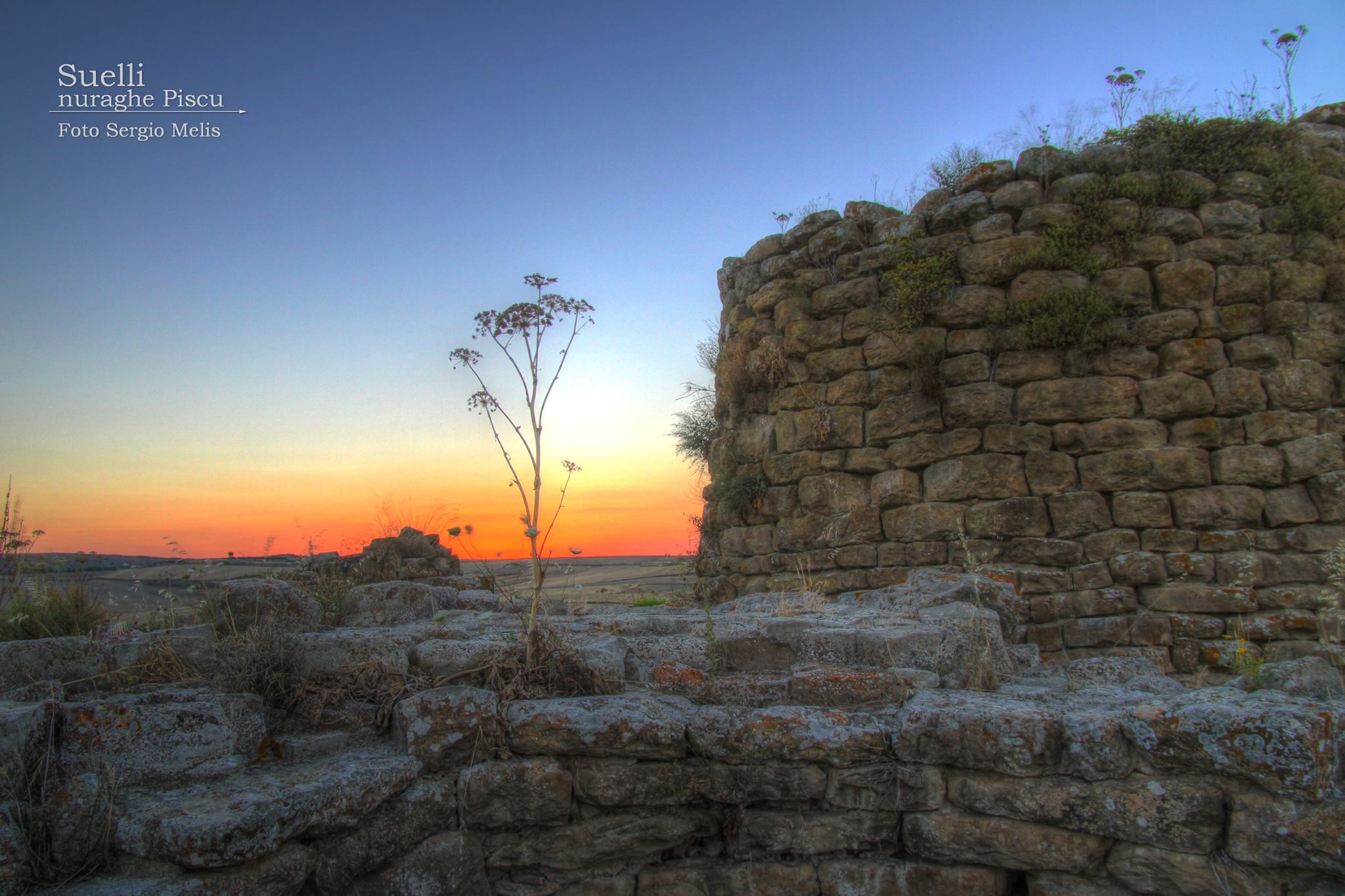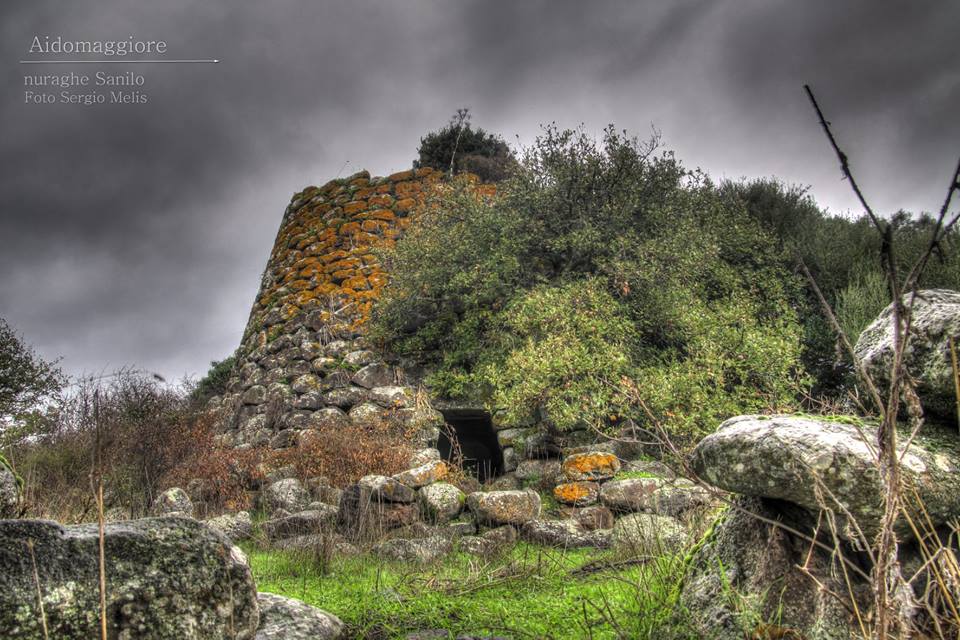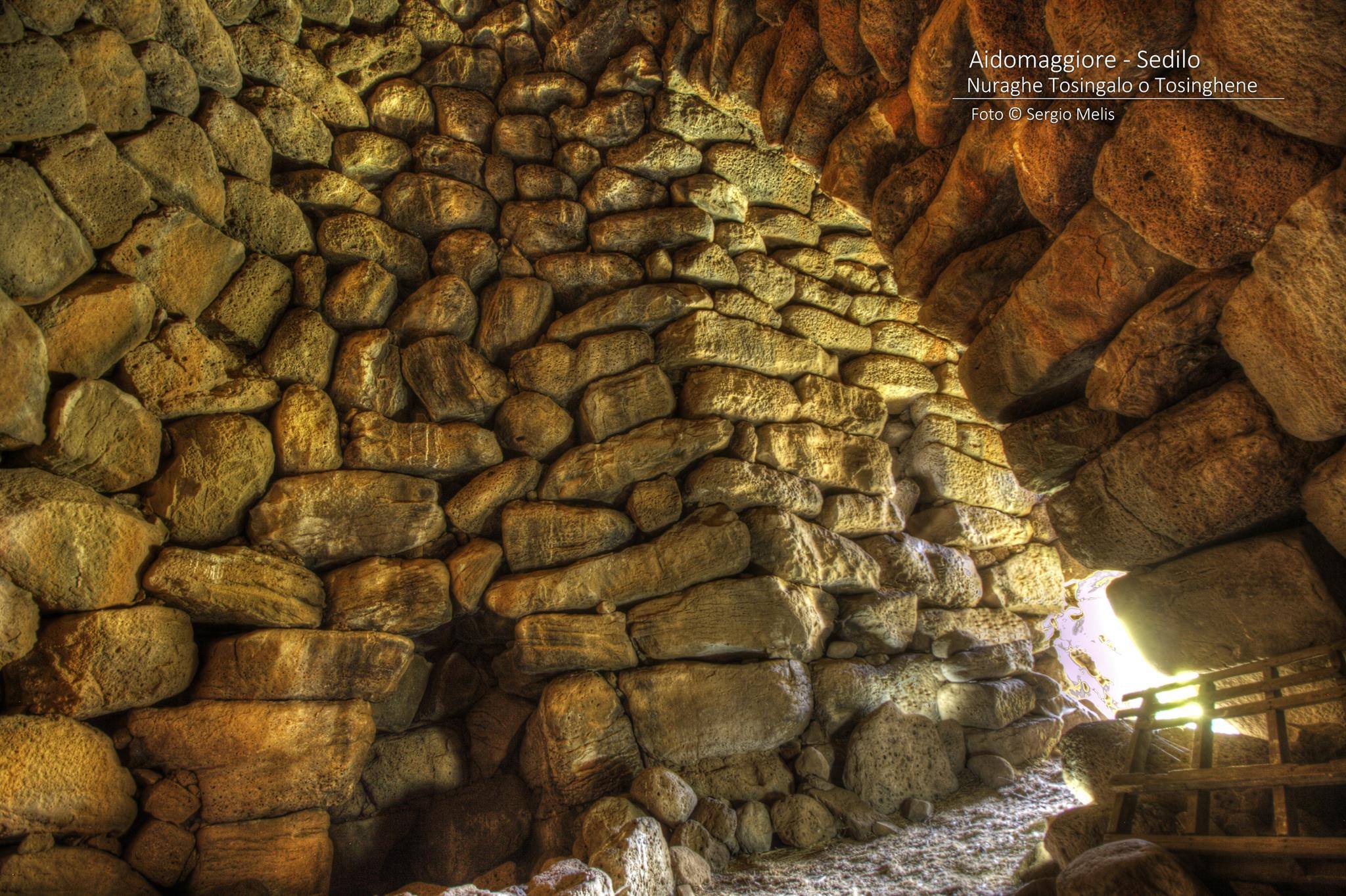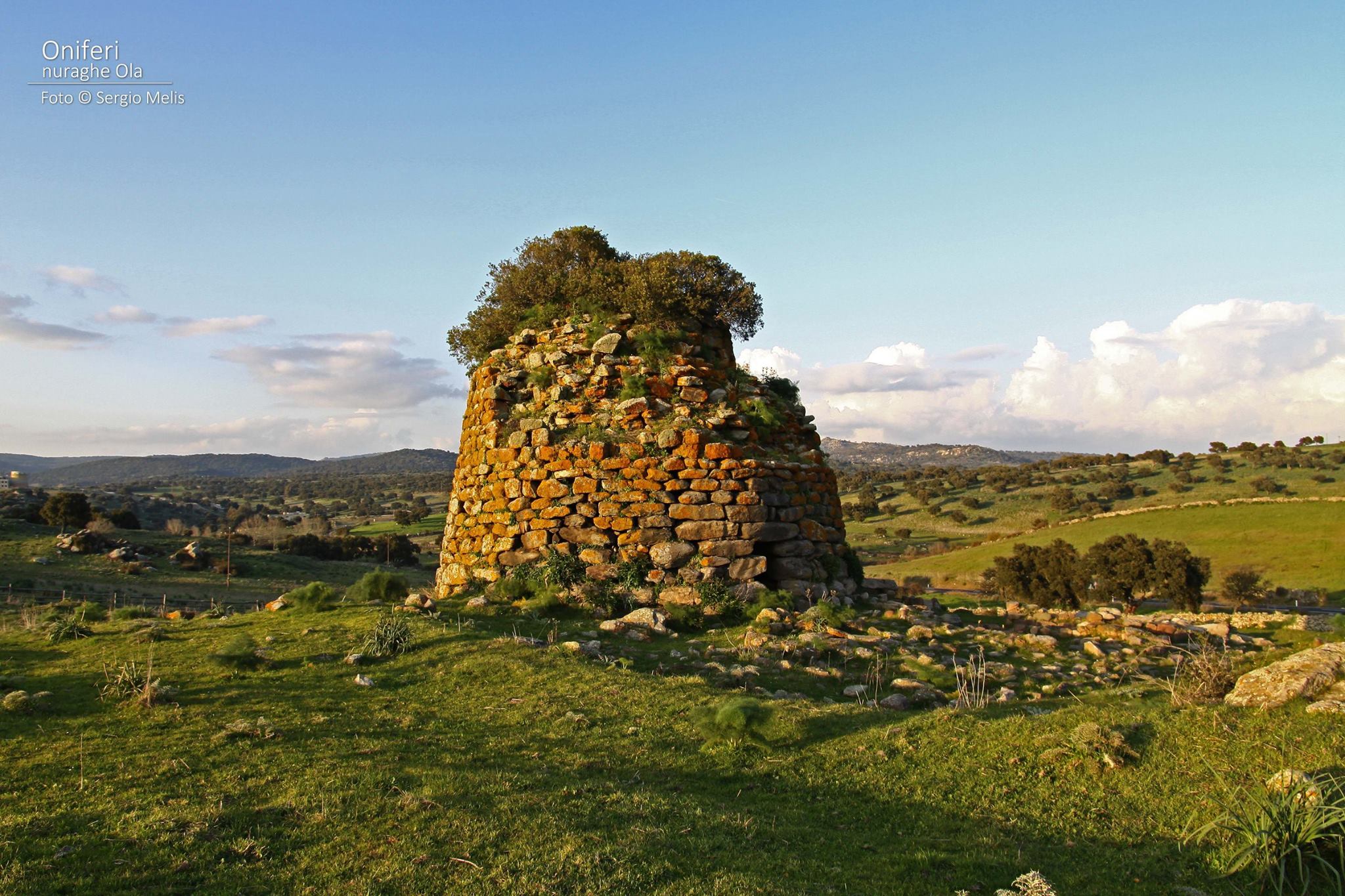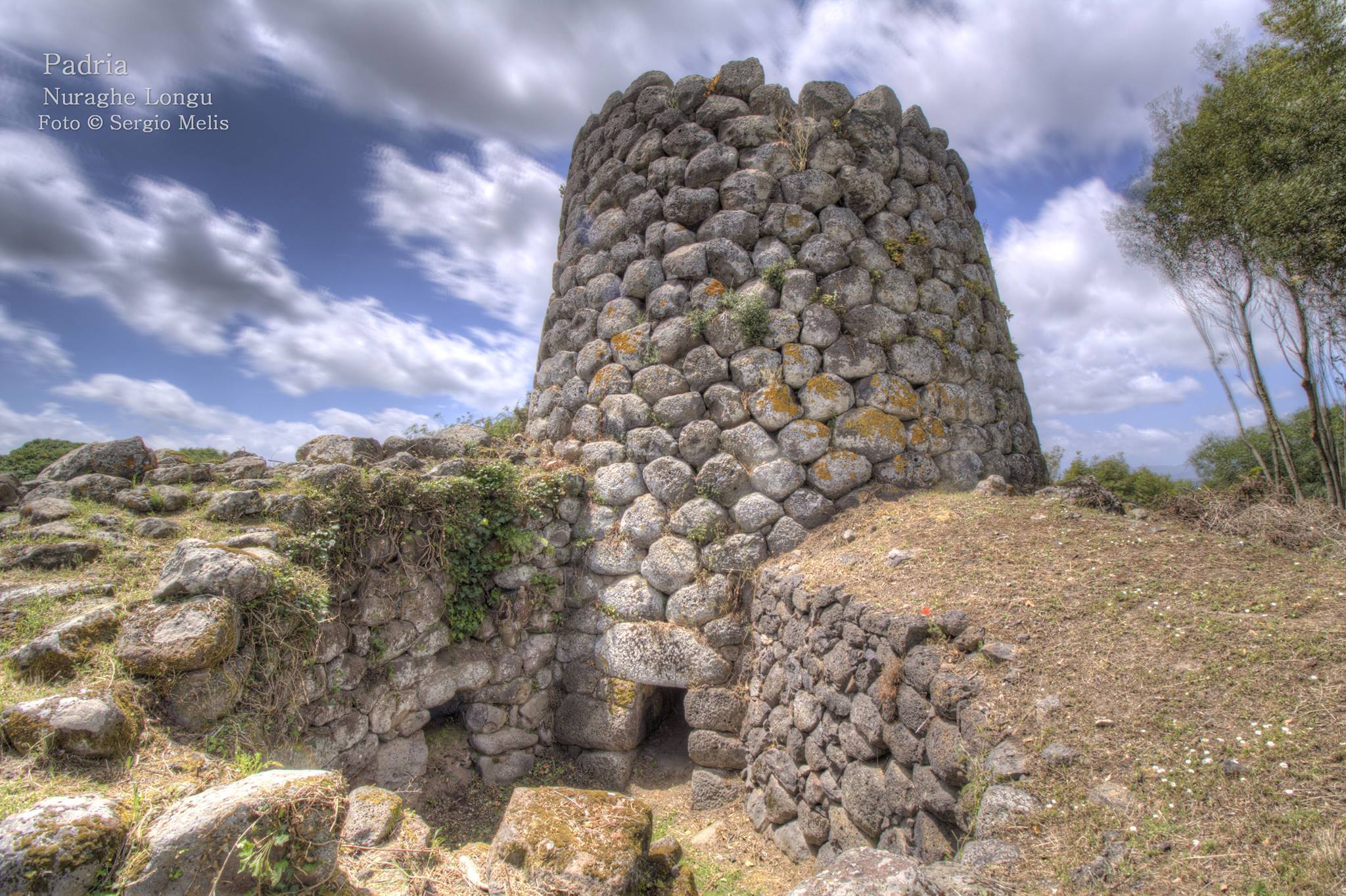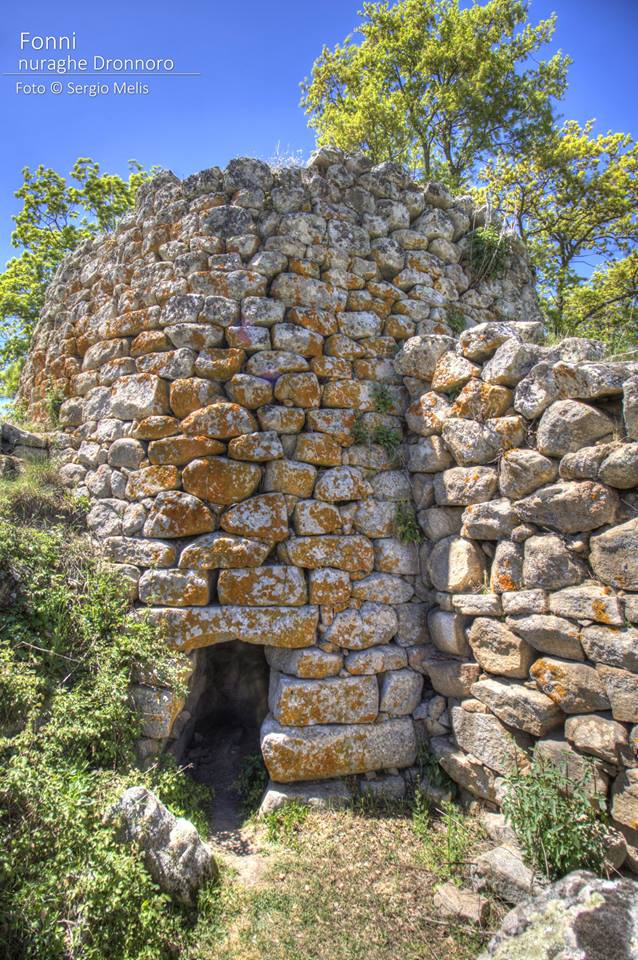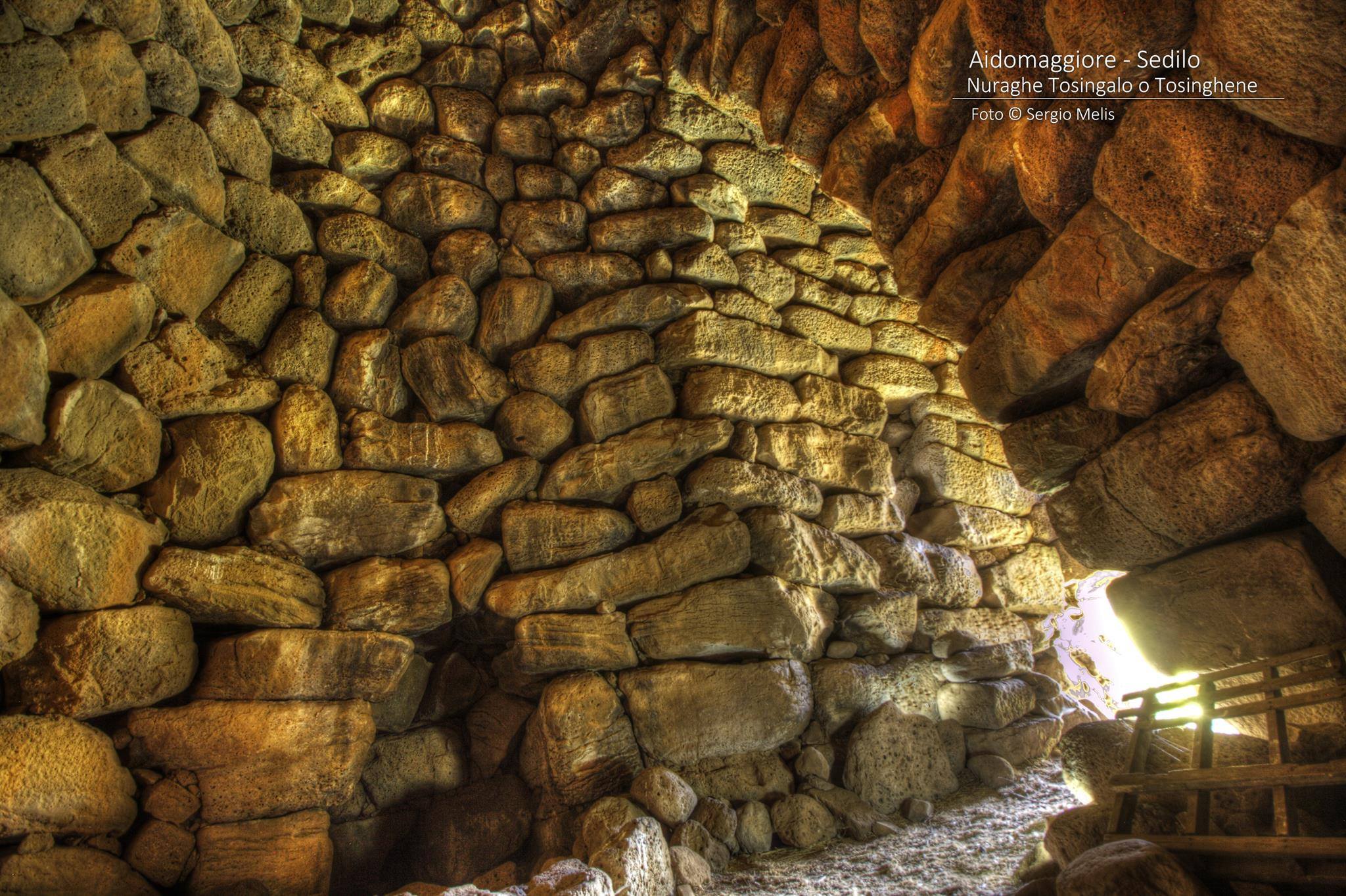“The scholar who turns his thoughts to the island of Sardinia immediately has before his mind the typical millenary construction of the island, the nuraghe, the megalithic structure that is, so to speak, the symbol of the noble land of the Tyrrhenian Sea and forms its most characteristic monument. For many decades, the scrutiny of scholars and enthusiasts has focused on these monuments, investigating their shape, arrangement, posture, often discussing, in an academic manner and with a forensic spirit, their origin, use, and age; only in the last century, after the impetus given by Count Alberto Lamarmora and Canon Senator Giovanni Spano, research was directed towards the positive study of nuragic remains and their methodical exploration, to which, following the traces of Spano and his two students Vivanet and Nissardi, I have devoted my thirty years of exploratory activity. With this method of investigation, it can now be said that the opinion is established that the nuraghi, scattered by the thousands across the island’s land, are buildings intended not for the protection of the dead, but rather for the dwelling of the living, arranged on the Sardinian soil with a complete understanding of the entire territory, with the evident purpose of overseeing it, possessing it, and fiercely contesting it against any invader, known or unknown, whether brother or foreigner…”
This was written by Antonio Taramelli in 1934 (“Sardegna Archeologica” –reprint- Antonio Taramelli “Scavi e Scoperte 1922-1939” – Delfino Editore 1985). Today, after almost ninety years, many are questioning the function (or functions) of the nuraghi, which despite Taramelli’s optimism, is by no means established but is the subject of various and often controversial interpretations.
In the shots by Sergio Melis, the nuraghi: Piscu di Suelli; Sanilò and Tosingalo di Aidomaggiore; Ola di Oniferi, Longu di Padria, and Dronnoro di Fonni.